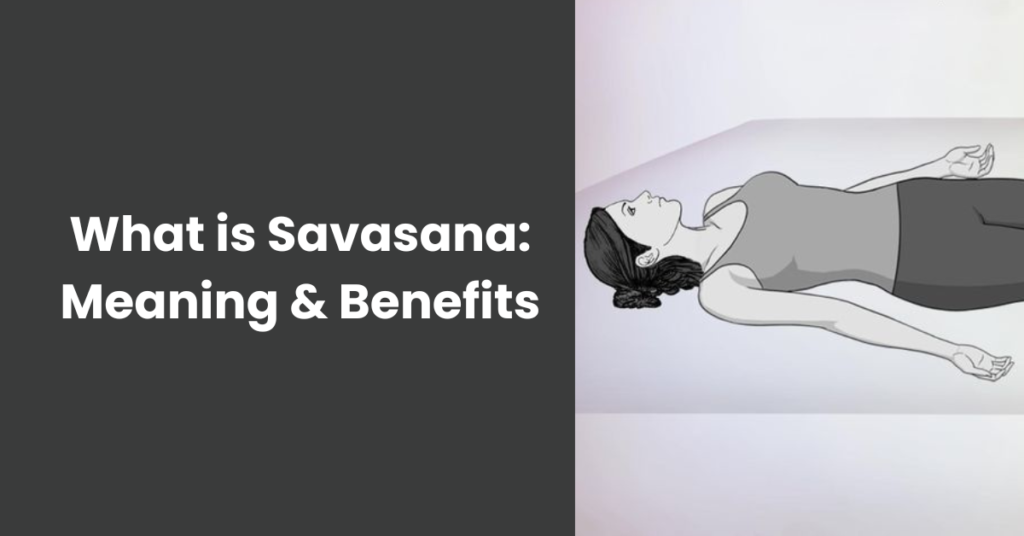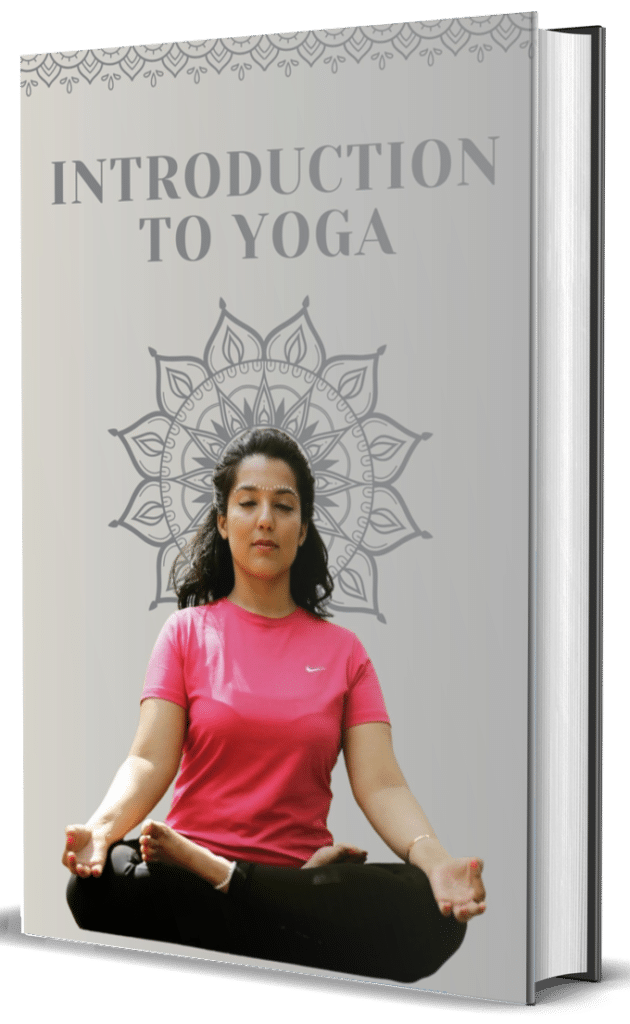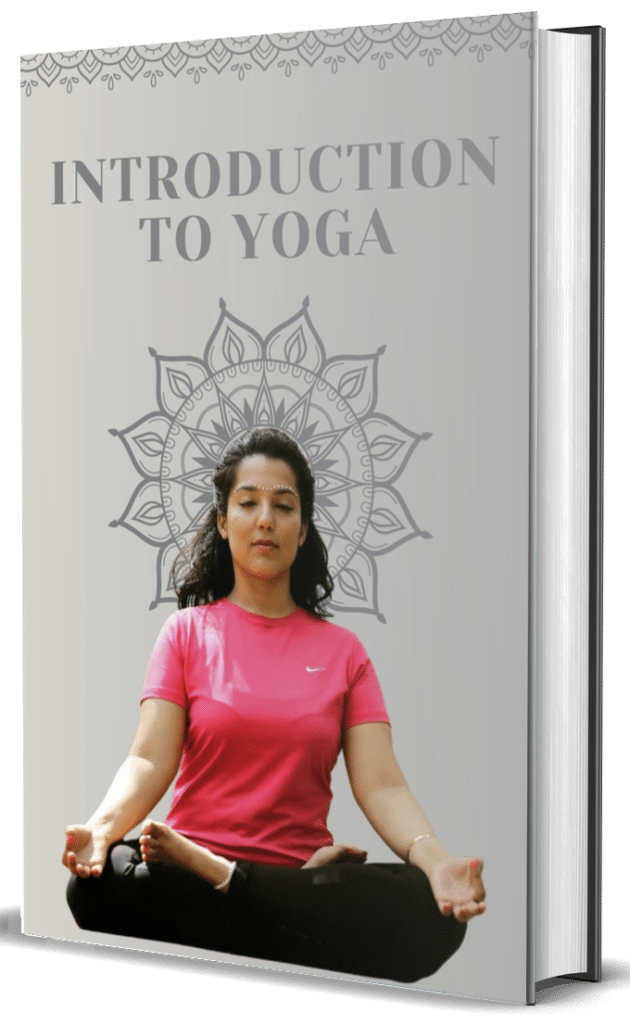- Key Takeaways
- What is Savasana?
- What are the Benefits of Savasana?
- How to Practice Savasana Correctly
- Enhance Your Savasana Experience
- Tips for a Deeper Relaxation
- Common Challenges in Savasana
- Savasana for Specific Needs
- Integrating Savasana into Daily Life
- Conclusion
- Frequently Asked Questions
-
- What does “Savasana” mean?
- Why is Savasana important in yoga?
- How long should you stay in Savasana?
- Can beginners practice Savasana?
- What are the benefits of practicing Savasana daily?
- How do I avoid distractions during Savasana?
- Is Savasana suitable for everyone?
Key Takeaways
- Savasana—the pose sometimes referred to as the “final relaxation pose”—encourages total physical and mental rest. By practicing this yoga posture, you create a habit of connecting with yourself on a deeper level.
- As you can see, this pose delivers a wide array of benefits. It’s muscular relaxation, increased blood circulation, emotional balance, and focus, all add to your health and wellness.
- To practice savasana, lie down on your back and take a few deep breaths. As each body part relaxes, focus on your breath and try to hold the pose for 5-10 minutes.
- Take your savasana to the next level by incorporating props such as bolsters and eye pillows. Lowering the lights, adding soothing music, and using visualizations will guide you into more profound relaxation.
- Overcome obstacles such as a busy mind or aches and pains through mindful practice. Relieve tightness from trouble spots and get your body ready with easy stretches before you start.
- Bring a little savasana into your everyday life. Book brief sessions on work breaks, use practice at home to de-stress, and employ it as a mindfulness mechanism to increase focus and replenish nervous energy.
Savasana, more popularly known as the “corpse pose,” is a restorative position practiced in yoga that helps foster physical and mental stillness. Usually, you’re lying down, flat on your back at the end of a yoga class. Your limbs soften completely as you settle into this, the pose of surrender.
As tempting as it is to be busy, this pose emphasizes unhurriedness, allowing the mind to still, and the body to refresh. As easy as it seems, Savasana is essential in incorporating all physical and mental benefits after a yoga flow.
What is Savasana?
Resting in Savasana, sometimes referred to as the “Final relaxation pose,” is a key element of yoga practice. This is the yoga pose where you lie down fully on your back, representing stillness and relaxation in totality.
Though deceptively simple, savasana serves an important function for the body and mind to experience the benefits of yoga. It serves as a signal that a transition is underway, one in which the parasympathetic nervous system becomes dominant, encouraging rest, peace, and calm.
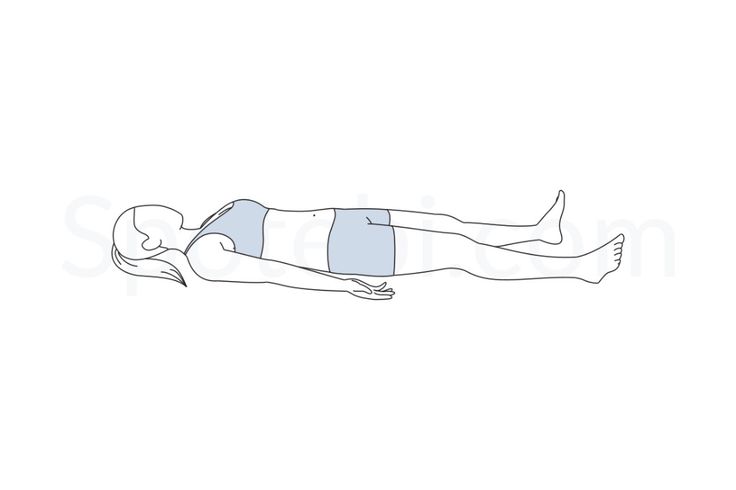
In traditional practice, practitioners do this deep Savasana for 5 – 10 minutes at the conclusion of a session. It supports the musculoskeletal and nervous systems in fully integrating the movements we’ve done.
Settle in organically. Adjustments, such as bending knees if it feels better, draw participants in and cater to everyone. Though physically easy, savasana creates a quiet sense of awareness that can be magical and is often the most beloved part of the practice.
What are the Benefits of Savasana?
Savasana, or the “corpse pose” may sound intimidating, but it’s a wonderful time for your body to enjoy some deep relaxation. It helps refresh your brain after a yoga class. By bringing in the effects of the session, you’re allowing your musculo-skeletal and nervous systems to collaborate.
This process helps to release muscle tension and increases blood flow. This relaxing pose is known for calming the mind, easing stress and anxiety, and helping you feel more grounded and relaxed. Some of these physical benefits include better digestion, immune function, and even mood.
Through promoting emotional stability and mental clarity, Savasana can leave you feeling more at peace and balanced. It is an invitation for the body to learn and grow stronger with practice, fostering a sustainable practice and long-term well-being.
A savasana extended in length deepens that relaxation and creates an environment for spiritual development to take place, allowing the practitioner to connect with a higher sense of purpose.
How to Practice Savasana Correctly
Though savasana, or corpse pose, seems like an easy pose to practice, it can be incredibly restorative when done thoughtfully. To practice savasana correctly, begin by laying flat on your back on a yoga mat. Verify that your pose is pleasant.
Allow your arms to rest a little away from your sides with your palms facing up, and let your legs lengthen out naturally with your feet flopping open. Once you’ve made these adjustments, gently close your eyes and take 2 or 3 deep breaths to arrive.
Continue into an inner body experience, manually releasing tension in every inch of your body, from toes to cranium. Pay attention to your breath, letting it flow in and out naturally.
Remain here for a minimum of 5 to 10 minutes, longer if you had a hearty practice, shorter if it was more vigorous. Not only does this mindful relaxation reduce stress and anxiety, it lowers blood pressure and encourages a calm, centered, balanced mind.
Enhance Your Savasana Experience
Savasana, or the “corpse pose,” is more than just lying down. As we settle into this pose, it is where our physical and mental state meets its genuine rejuvenation.
Adding props such as bolsters underneath the knees or an eye pillow helps release tension so it’s easy to melt into stillness. A quiet space with low lighting, relaxing music, or silence supports that cue for the nervous system to calm down.
Including deep breathing exercises, like diaphragmatic breathing, deepens the relaxation response by triggering the parasympathetic nervous system. Visualization can further deepen the practice.
Picturing waves gently lapping the shore or leaves floating downstream can quiet a racing mind. Regular Savasana, even for 10–15 minutes, aids sleep, reduces stress, and supports mental clarity, making it a vital counterbalance to today’s fast-paced lifestyle.
Tips for a Deeper Relaxation
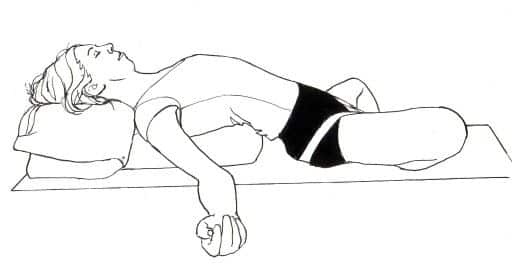
Mindfully transitioning into Savasana creates space for deeper relaxation to unfold. The setting makes a big difference—so dimming lights or utilizing softer materials as a way to promote a more relaxed environment would help.
Expect to do some preparatory work for this pose as well, including gentle stretches—such as forward folds or spinal twists—to ease up any physical tension. When you are defining Savasana, consider one area at a time – the jaw, the shoulders, the lower back – and intentionally practice releasing stored tension.
Learning mindfulness helps you stay engaged in the moment, avoiding wandering thoughts and enhancing relaxation. Consider devoting a minimum of ten percent of your practice to Savasana. This respects its sacredness and gives your body and spirit an opportunity to relax and align.
As science proves, intentional relaxation has restorative power, feeding our souls and promoting reflection and renewal. Transitioning out gradually keeps its magic working even as you move back into your day.
Common Challenges in Savasana
Even though it seems simple, it’s often touted as the hardest pose in yoga, and for good reason. Sometimes the greatest challenge in Savasana is relaxing the body and mind completely, which for many feels instead unnatural or foreign.
Overactive thoughts are another big one, as the mind starts to drift or recircle everyday anxieties. Along the same lines, physical disruption can occur from just lying down, particularly if you’re not accustomed to this position.
A lot of students feel impatience too, having difficulty staying in stillness without constant movement. Maintaining awareness without crossing the threshold into sleep makes this pose even more challenging.
Emotional releases, including surprise waves of sadness or happiness, may come through as the physical body relaxes. Approaching these challenges with patience and minor modifications can allow practitioners to overcome these challenges and make the practice rewarding and enjoyable.
Savasana for Specific Needs
Savasana is a multifaceted practice that can cater to specific physical needs. Curious about how it can really lower your stress, improve your mindfulness and increase your wellness.
For individuals with physical limitations, using props like bolsters or folded blankets can offer support to the back or legs, ensuring comfort and relaxation.
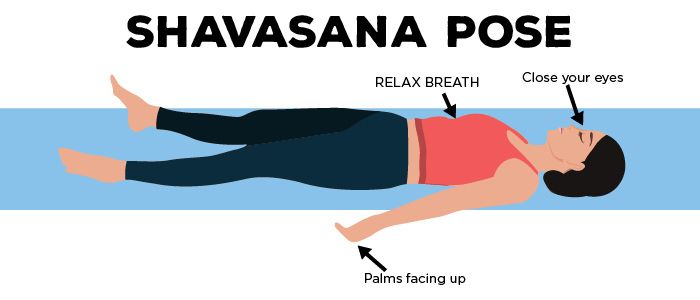
For practitioners in pregnancy, it can be more comfortable to lie on their side, using bolsters or pillows for extra support.
For those still recovering from injury, restorative poses such as supported reclines on an inclined plane can release compressed areas of the body without excessive effort.
Variations, such as elevating the legs or resting in a seated position, cater to personal comfort, making the practice accessible.
Even just five minutes in this meditative state can help encourage a sense of calm and restoring recovery.
Integrating Savasana into Daily Life
Savasana is one of the best ways to receive relaxation and mindfulness benefits when practiced in everyday life. To make it part of your routine, consider these approaches:
- Take five-minute savasana breaks at work or school to recharge and reduce anxiety. According to a study, it confirmed that Savasana reduces users’ blood pressure and heart rate, leaving them feeling a sense of mental clarity.
- Try to practice savasana at home on busy days to help you decompress. Digital tools such as Insight Timer are helping introduce newcomers into the habit of regular practice.
- Infuse mindfulness by preparing them to use moments of savasana as a means to practice breathing, stilling the mind.
While we may not be able to let go of all tension immediately, just a few minutes daily can help alleviate anxiety and sleeplessness while restoring inner peace.
Relaxation does not come easily to 90% of us. This is where savasana can save the day.
Conclusion
Savasana is not just a few moments of lying down. It is an opportunity to completely reset the body and mind. It allows you to release stress, detoxify your mind, and make room for the stillness within. By bringing it into your practice regularly, you can step off your mat feeling more balanced, calm, and recharged—even on the busiest of days. Whether you’re reducing anxiety, sharpening mental clarity or simply taking time for yourself, Savasana easily integrates into the busiest of lifestyles.
The beauty of Savasana is that it’s incredibly simple. A bit of patience and perseverance will be well worth it, as its healing power starts to work at every level of your being. Why not take a moment and include them in your daily practice. Begin with just a few minutes, remain flexible, and notice how it begins to shift your overall mindset and sense of wellbeing each day.
Ready to begin your yoga journey? Book your spot now and check our schedule for upcoming classes!
Also, you can “Join our amazing Hatha Yoga sessions in various cities, including Mumbai. Don’t miss the opportunity to transform your life!”
Frequently Asked Questions
What does “Savasana” mean?
Savasana, or “Corpse Pose,” is a basic yoga pose that encourages total relaxation. The term comes from Sanskrit: “Sava” means corpse, and “asana” means pose.
Why is Savasana important in yoga?
Savasana gives us the stillness to simply be, replenish the body and mind, to restore our lovely creative selves. Deepen the benefits of your yoga practice. Savasana helps release tension, relax the body, and encourages a mindful state.
How long should you stay in Savasana?
Usually, Savasana is in the range of 5–10 minutes. If you require deeper relaxation, you can lengthen it to 15 or 20 minutes depending on how much time you have.
Can beginners practice Savasana?
No, Savasana is totally for beginners. In fact, it is one of the most simple poses to practice. You require no highly developed flexibility or strength. Just a calm environment and your undivided attention.
What are the benefits of practicing Savasana daily?
Daily Savasana lowers cholesterol, helps with anxiety and depression, and increases emotional intelligence and productivity. Either way, it’s a no-cost practice to encourage and enhance relaxation and mental wellness.
How do I avoid distractions during Savasana?
Practice in a quiet environment, use a cushy mat, and close your eyes. Concentrate on your breath or a peaceful visualization to prevent your mind from drifting.
Is Savasana suitable for everyone?
Spoiler alert, the answer is yes – almost everyone should be doing Savasana and here’s why. If savasana isn’t restful when lying down, props such as a bolster or bending the knees can be effective alternatives.


